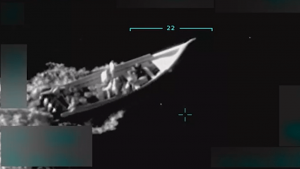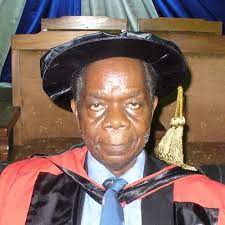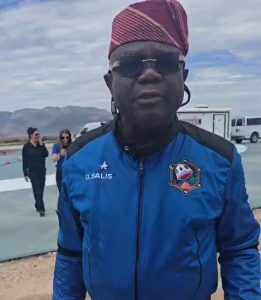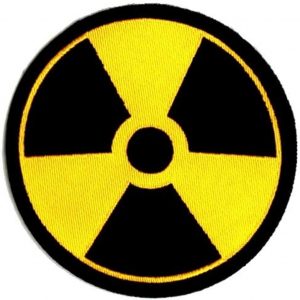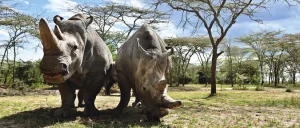A man, Ayoola Idowu of Ekiti State, southwest Nigeria, has lost sight in both eyes after radiotherapy to remove a tumour in his jaw.
He claimed to have undergone three radiotherapy regimes and that his eyes were not shielded during the first, but only covered in the second and third radiotherapy regimes.
On 21 April, 2021, he underwent radiotherapy treatment in University College Hospital, Ibadan, Nigeria, to remove a tumour in his jaw.
After two weeks, he said he noticed that the vision in his right eye was blurred.
Five days later, vision in the left eye too was blurred, and then he lost sight from both eyes altogether.
It all started in 2008 when a small tumour appeared in his jaw after shaving.
It grew so large and he went for surgery in a clinic to remove it in Ado-Ekiti on 30 January, 2013.
Six months later, it started growing again. This time, he decided to go for surgery to remove it in a bigger Federal Medical Centre, Owo, Ondo State. The surgery was on 19 April, 2021.
He was advised to go for radiotherapy in University College Hospital, Ibadan, which he did on 21 April, 2021, and was exposed to ionising radiation.
After he became blind, he was referred to an opthalmologist in Lagos University Teaching Hospital.
His condition was diagnosed as Radiation Retinopathy or damage to the retina and optic nerves from exposure to ionising radiation.
It is surprising if his eyes were not shielded the first time as he claimed. That would have been a terrible mistake.
The standard practice is to protect the eyes of the person exposed to such radiation with a device like lead glasses during the procedure..
Atoms are the building blocks of all matter. When atoms are electrically neutral they are stable, but turn unstable when electrically charged.
Ionising radiation got its name from its ability to turn stable atoms into unstable electrically charged particles or ions. The biological structure made up of such atoms, now turned ions, start to disintegrate.
Radiotherapy directs or beams ionising radiation to destroy cancerous cells, while leaving the healthy ones, in a non-invasive manner.
The dose is prescribed by the oncologist; the medical physicist calibrates the machine, and the radiographer administers the dose to the prescribed parts.
The other parts of the body of the patient are shielded with appropriately thick materials that the ionising radiation cannot pass through.
The radiographers operating the machine are specially protected.
The entire procedure is supposed to be strictly regulated by the Nigerian Nuclear Regulatory Authority, the national nuclear regulator.
Why were the eyes of Ayoola Idowu protected during the second and third regimes, but not in the first ionising radiation regime?
In 2022, his lawyer wrote UCH, but there was no response.
In 2024, a human rights group took up his case and UCH, Ibadan, invited him for a meeting.
There was no breakthrough in the meeting after a lengthy question and answer session.
In June, 2024, the UCH, Ibadan, wrote and declined to accept responsibility for his condition.
The last option now is the Medical and Dental Council of Nigeria that can investigate and make sense of the technicalities involved before a law court can adjudicate on the matter.
There are several cases, in many parts of the world, where loss of vision is reported after irradiation of the head and neck area weeks after, and in a few cases over a year after.
Ayoola Idowu, a driver, wants compensation and to regain his sight.
He may finally get some compensation, but the damage to the sight is, sadly, irreversible.
photo credit: punch

